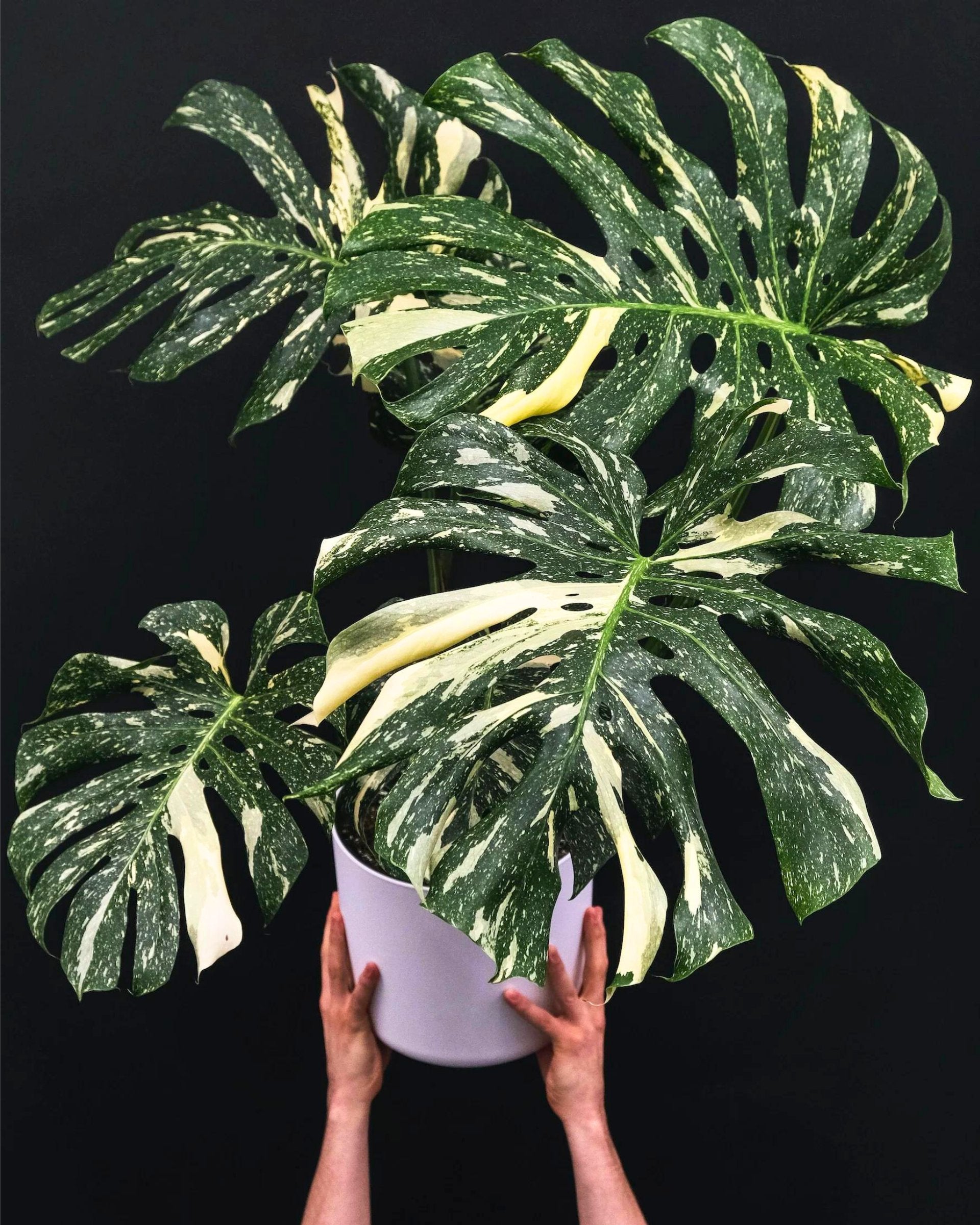Welcome to our Rare Plant Guide, your go-to resource for discovering some of the most exotic and hard-to-find plants in the world. This guide is designed to help you navigate the world of rare tropical plants, offering insights into their origins, care needs, and what makes them so special. Whether you’re an experienced collector or just starting to explore rare plants, we provide valuable information on each species, from their striking appearances to their growth habits. With expert tips and advice, this guide will help you make informed decisions and build a collection that’s truly one-of-a-kind.
What Defines a Rare Plant?
Not all plants achieve the coveted “rare” status. A plant becomes rare due to a unique blend of factors, such as:
-
Limited distribution: Found only in a specific region or environment, often hard to propagate outside of their native habitat.
-
Unique traits: From jaw-dropping variegation to leaves that grow in unique shapes, rare plants are nature’s way of showing off.
-
High demand: A plant can skyrocket to rare status simply because it’s sought-after by collectors worldwide.
Rare plants are like the celebrities of the plant world—exclusive, attention-grabbing, and unforgettable. Owning one is about more than just aesthetics; it’s about curating a piece of nature’s artistry.
Variegation

One of the most interesting features of many rare plants is variegation. These colorful patterns, caused by a genetic mutation, make the leaves appear painted with hues of white, cream, pink, or yellow. Here’s how to spot it:
-
Stem variegation: Look for streaks or lines of lighter colors running along the stems.
-
Leaf variegation: Patterns can range from subtle marbling to dramatic splashes of contrasting colors.
Pro tip: For optimal variegation, provide your plant with bright, indirect light—too little light can dull its vibrant patterns.
Rare Plant Pricing
Rare plants aren’t just plants—they’re an investment. Their prices reflect their rarity, propagation challenges, and the sheer demand among collectors. For example, some plants grow slowly or require specific conditions to thrive, making them difficult to mass-produce. But owning one of these gems is about more than the price tag—it’s about adding a touch of the extraordinary to your collection.
Popular Categories of Rare Plants
Rare plants come in a dazzling array of categories. Let’s take a closer look at some of the most beloved types and their standout members.
Unicorn Plants
Unicorn plants are the crown jewels of rare plants. These mythical beauties are the hardest to find and purchase due to their scarcity and oftentimes luxury price point. Let’s meet a few of these legendary plants:
-
Large Variegated Orange Princess: This philodendron’s bold orange and green leaves create a fiery, tropical look that lights up any space. With its compact growth habit, it’s perfect for brightening up a desk or shelf. Care tip: Keep the soil moist but not soggy, and provide plenty of indirect light for optimal variegation.
-
Philodendron Jungle Fever: With elongated, glossy green leaves and a touch of wild energy, Jungle Fever feels like you’ve brought a mini rainforest into your home. Care tip: Loves humidity and thrives in a warm environment.
-
Philodendron Caramel Marble: The leaves of this stunner look hand-painted, with caramel, red, orange, green and cream hues blending into a mesmerizing marbled effect. Care tip: Give it bright, indirect light and water only when the top inch of soil is dry.

-
Philodendron Florida Beauty x Mayoi: A trending hybrid masterpiece with deeply lobed leaves and a very unique appearance.
-
Variegated Billietiae Philodendron: Long, narrow leaves with striking creamy variegation make this plant an instant eye-catcher. Care tip: Use a moss pole to support its climbing habit.
-
Philodendron Variegated Golden Dragon: Aptly named, its striking variegated leaves resemble dragon scales. It’s truly a mythical wonder! Care tip: Provide a mix of indirect light and occasional morning sun to maintain its golden hues.

Rare Plants for Sale
Looking for rare plants is part of the fun! Here’s where to search for your next green treasure:
-
Specialty nurseries: Explore local nurseries for hidden gems.
-
Online marketplaces: Always check reviews and ensure safe shipping practices.
-
Ethical sourcing is crucial—support businesses that prioritize sustainability and protect natural ecosystems.
- If you need a rare plant shipped, Plant Vault is an excellent choice.

Care Guide for Rare Plants
Rare plants deserve care that matches their extraordinary nature. Here are the essentials:
-
Light requirements: Bright, indirect light is ideal for most rare plants. If you’re short on natural light, a grow light can be a game-changer.
-
Watering: Strike a balance—overwatering is a common mistake. Let the soil dry slightly between waterings.
-
Humidity: Many rare plants love a humid environment. Use a humidifier or group plants together to boost moisture levels.
-
Soil: Match the soil mix to your plant’s needs. Tropical plants love chunky
-
Tools: Moisture meters and hygrometers are great for monitoring conditions and taking the guesswork out of plant care.
FAQ's
Why are some plants called “unicorn plants”?
Unicorn plants are extraordinarily rare and often feature striking colors or patterns that make them feel magical.
Can rare plants grow indoors?
Yes! They can grow indoors or outdoors.
Conclusion
Rare plants are more than just additions to your collection—they’re a window into the wonders of the natural world. By caring for these unique plants, you’re not only beautifying your space but also deepening your connection to nature.
Have a favorite rare plant or a success story to share? Drop us a comment—we’d love to hear about it!





